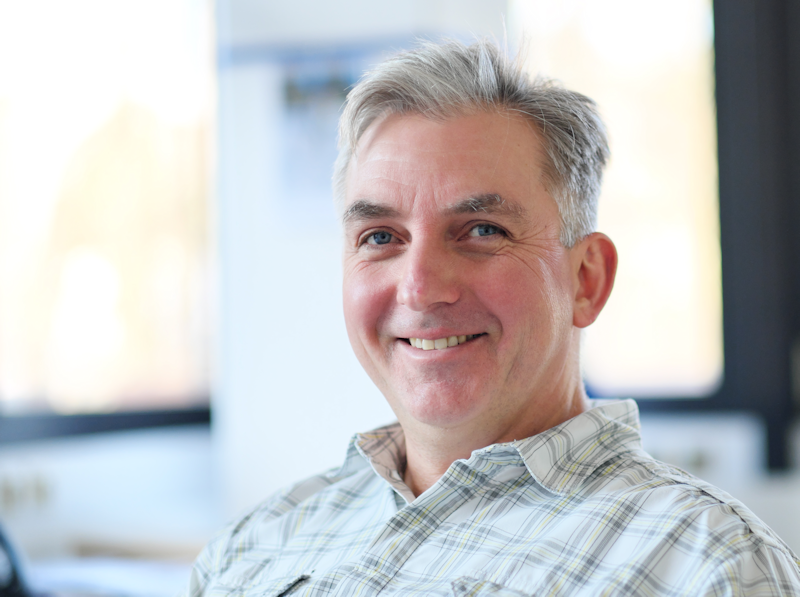In order to understand diseases and to develop diagnostic methods, experiments should be as close as possible to the biological model. E.g. red blood cells should ideally be investigated in the same way as they occur in the body. Previous experimental set ups only allow this to a limited extent. Together with other partners from Germany, France, Switzerland, the Netherlands, Great Britain and Spain, a research consortium led by our COMM member Prof. Lars Kaestner will take these circumstances more into account in a new project called the “EViDENCE” (Erythrocytes properties and viability in dependence of flow and extra-cellular environment). The European Union will fund the project with 4 million euros over the next four years. (Foto von Prof. Dr. Lars Kaestner: © Thorsten Mohr)
UDS press release (02/25/2020)
Um Krankheiten zu verstehen und diagnostische Verfahren zu entwickeln, müssen Experimente möglichst nahe an das biologische Vorbild herankommen. Rote Blutzellen beispielsweise werden idealerweise in der Strömung untersucht, wie sie auch im Körper vorkommt. Bisherige Experiment-Konfigurationen lassen das nur bedingt zu. Gemeinsam mit anderen Partnern aus Deutschland, Frankreich, der Schweiz, den Niederlanden, Großbritannien und Spanien möchte ein Forschungskonsortium unter der Leitung unseres COMM-Mitglieds Prof. Lars Kaestner diesen Umständen im Projekt “EViDENCE” (Erythrozyteneigenschaften und Lebensfähigkeit in Abhängigkeit von Strömung und extrazellulärer Umgebung) stärker Rechnung tragen. Die Europäische Union finanziert das Projekt in den nächsten vier Jahren mit 4 Millionen Euro. (Foto von Prof. Dr. Lars Kaestner: © Thorsten Mohr)
Zur Pressemitteilung der UDS vom 25.02.2020

